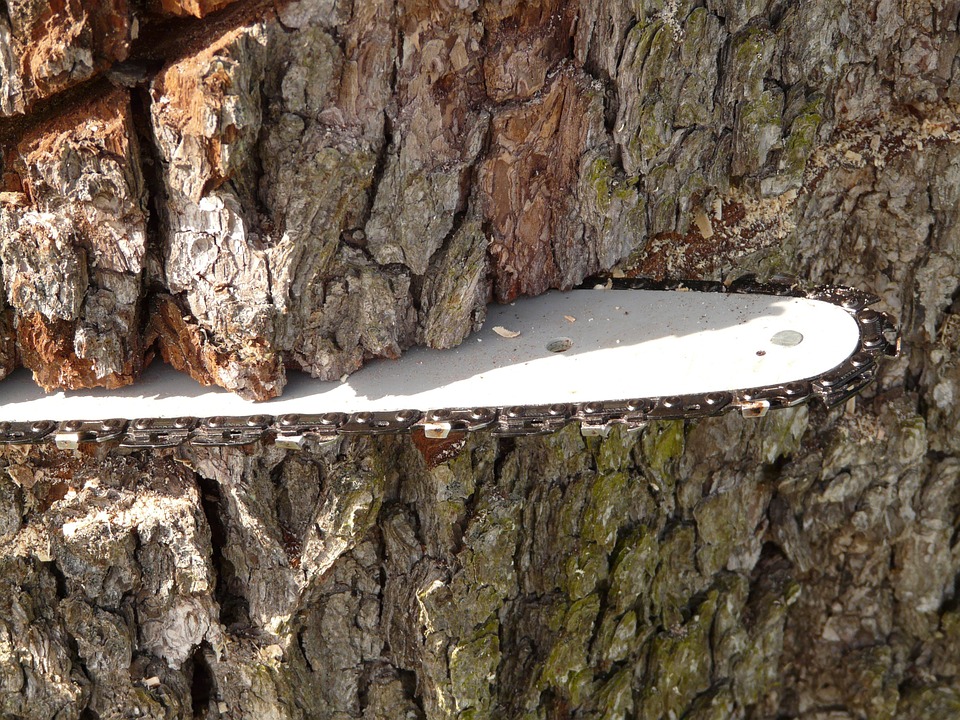Environmental sustainability based on the Circular Economy

Environmental issues

The EU is the leading producer, consumer and exporter of olive oil. In Andalusian region, a surface of 1.5 million ha is currently committed to the olive sector, which covers the 30% of the total cultivated area. Spain has 2.5 million ha of olive trees under cultivation. Olives are produced in 39 countries worldwide on an area of over 8.1 million ha.
There are many sources of pollution related to the olive crop, aggravated by the huge volume of worked land. It is estimated that more than 7 million tonnes of pruning residue are generated every year in Europe but only a marginal amount is used for energy generation
The usual procedure performed to remove the pruning is burning it in open field. As a result of the biomass combustion, nitrogen oxides (NOx, NO, N2O), carbon monoxide (CO), carbon dioxide (CO2), volatile organic compounds (COVs) and particles in suspension (Ø=0.002-25 μm) are emitted to the atmosphere. Concerning Andalusia’s region, only in the province of Jaen, there are 571.604 ha of olive crop which produced in the year 2010 about 524,000 tonnes of CO2 released to the atmosphere by olives trees pruning burning..
Project advantages

Thereby, the revalorization either of the pruning waste or other related sub-products from olive oil industry into new bioproducts as biocomposites for new sectors, following a circular economy strategy, highlights a double benefit in terms of environmental effects:
(1) Avoiding the burning of the residues.
(2) Decreasing the use of fossil fuel raw materials to produce the composites for industrial uses (first approach for LIFE COMP0LIVE will be automotive and furniture sectors, for both home and urban), taking into account that there are over 1000 types of plastic, and 90 % of plastics are derived from virgin fossil fuels.

